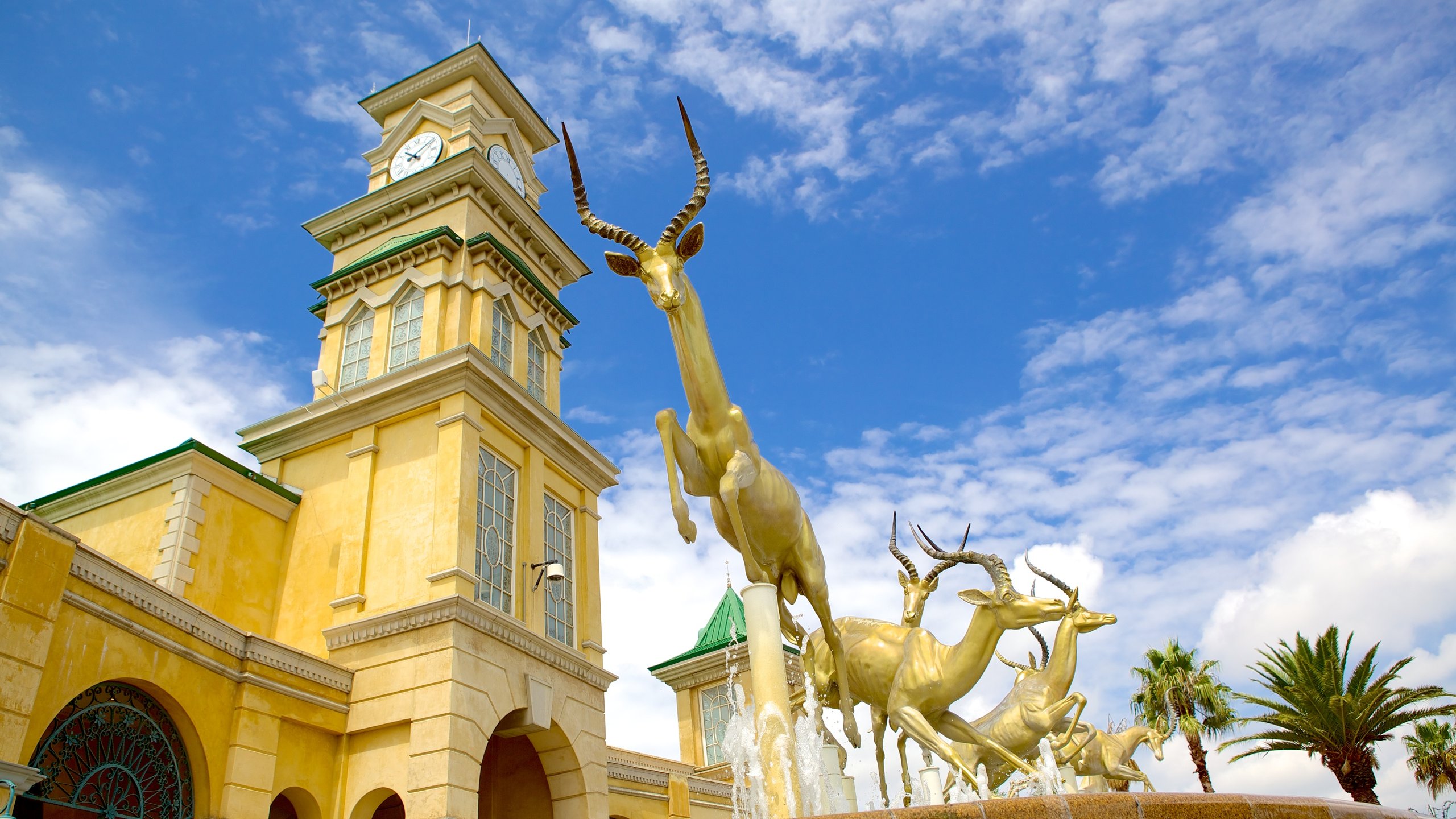Getting My Johannesburg North Attractions To Work
Getting My Johannesburg North Attractions To Work
Blog Article
The Definitive Guide for Johannesburg North Attractions
Table of ContentsNot known Incorrect Statements About Johannesburg North Attractions Fascination About Johannesburg North AttractionsMore About Johannesburg North AttractionsIndicators on Johannesburg North Attractions You Need To KnowJohannesburg North Attractions Things To Know Before You BuyThe 7-Minute Rule for Johannesburg North Attractions
The city grew on the edge of the Witwatersrand Key Reef, a subterranean stratum of gold-bearing quartz-silica conglomerate that arcs for hundreds of miles under the Highveld - Johannesburg North attractions. Many of the gold mines in the city stopped operation in the 1970s, but in its day the Witwatersrand gold sector accounted for even more than 40 percent of the world's annual gold production.Johannesburg has a warm environment. Summer season temperatures average about 75 F (24 C); wintertime temperature levels average about 55 F (13 C) and only sometimes dip listed below cold. The city delights in about eight hours of sunshine per day in both wintertime and summer. Rain averages concerning 28 inches (700 millimetres) per year, yet the overall differs significantly from year to year.
What rainfall the city receives falls virtually solely in the summertime, commonly in incredible late-afternoon electric storms. Air contamination poses a considerable trouble, particularly in the cold weather, when thermal inversions hamper the westward circulation of air from the Indian Sea. Contamination is most extreme in the largely worked out Black territories on the city's periphery, where lots of residents still depend on coal for gas.

Johannesburg North Attractions - The Facts
The equilibrium of the city is inhabited by whites. Holiday accommodation varies in personality and quality. Soweto is infamous for its unlimited rows of municipally built, two-room matchbox homes, yet it additionally has a couple of thriving enclaves along with bristling squatter camps, where 10s of thousands live without water, power, or cleanliness facilities.
Physical development, although somewhat limited by transport, proceeded rapidly as immigration to South Africa, and Johannesburg specifically, raised dramatically. This trouble was addressed in the 1930s when the auto was presented in automation to South Africa. Cars were, generally, constrained to the wealthy, and permitted them to relocate to the north of the city and commute right into the centre.
Many bad suburbs were blended, with inadequate blacks and whites living with each other, although the wealthy suburbs were generally scheduled for whites. This changed with the election of the National Event in the 1948 elections, who began to formalise the system referred to as racism. Racism formally assigned which residential areas each race might stay in under the Team Areas Act.
The previous system of look these up eleven numbered regions was reorganised in 2006. Marshalltown, as seen from the top of the Carlton Centre. The M1 and M2 run behind the buildings, and the southerly suburban areas extend past the freeway limit. The central city of Johannesburg is located within the city's Area F. The number of individuals living in the internal city on an informal basis is unknown, as numerous are illegal immigrants. The unemployment, education and learning, and age profiles of the area are all unknown, due to the trouble of obtaining trustworthy information regarding the area.
Johannesburg North Attractions Fundamentals Explained
Centred on the CBD, the area includes the suburban areas of Yeoville, Bellevue, Troyeville, Jeppestown, and Berea to the eastern. To the west it infects find out here Pageview (Johannesburg North attractions) and Fordsburg. There are tiny enterprise zones to the south, such as City West-Denver and Benrose. Around 800,000 commuters travel through the inner city on a daily basis, and it functions as a regional buying node for site visitors from the southern suburban areas. Yeoville and Bellevue have a mix of home structures and single household devices on little lots. The region is situated on a mountainous divide that runs from east to west.

The 10-Minute Rule for Johannesburg North Attractions
The eastern suburbs are some of the oldest areas of Johannesburg, there are large areas of Jewish and other European backgrounds, the majority of the populace is English talking. There are 3 golf programs as well as a number of safeguarded ridges with viewsites.
Originally constructed to house male migrant employees, lots of have been boosted as houses for pairs and family members. The residential area was not historically permitted to create employment centres within the area, so almost all of its locals are travelers to other parts of the city.
The Basic Principles Of Johannesburg North Attractions
The residential areas in the northern residential areas are generally formal, with no considerable locations of informal housing, or real estate that lacks a long-term framework. This is a well-known area, there is a pattern of land use adjustment from property to industrial, especially along main arterial roads and around established nodes.
The area is well attached to road networks, specifically along the north-south axis created by the M1 and N1. Roads to the eastern and west are much less well established, as there are check my site no freeways taking a trip because instructions. In the direction of the north boundary of the city, the density of advancement reduces, leaving big locations of primitive land around Midrand.
The 45-Second Trick For Johannesburg North Attractions
, which is situated on a hillside neglecting the internal city and Hillbrow.
Report this page